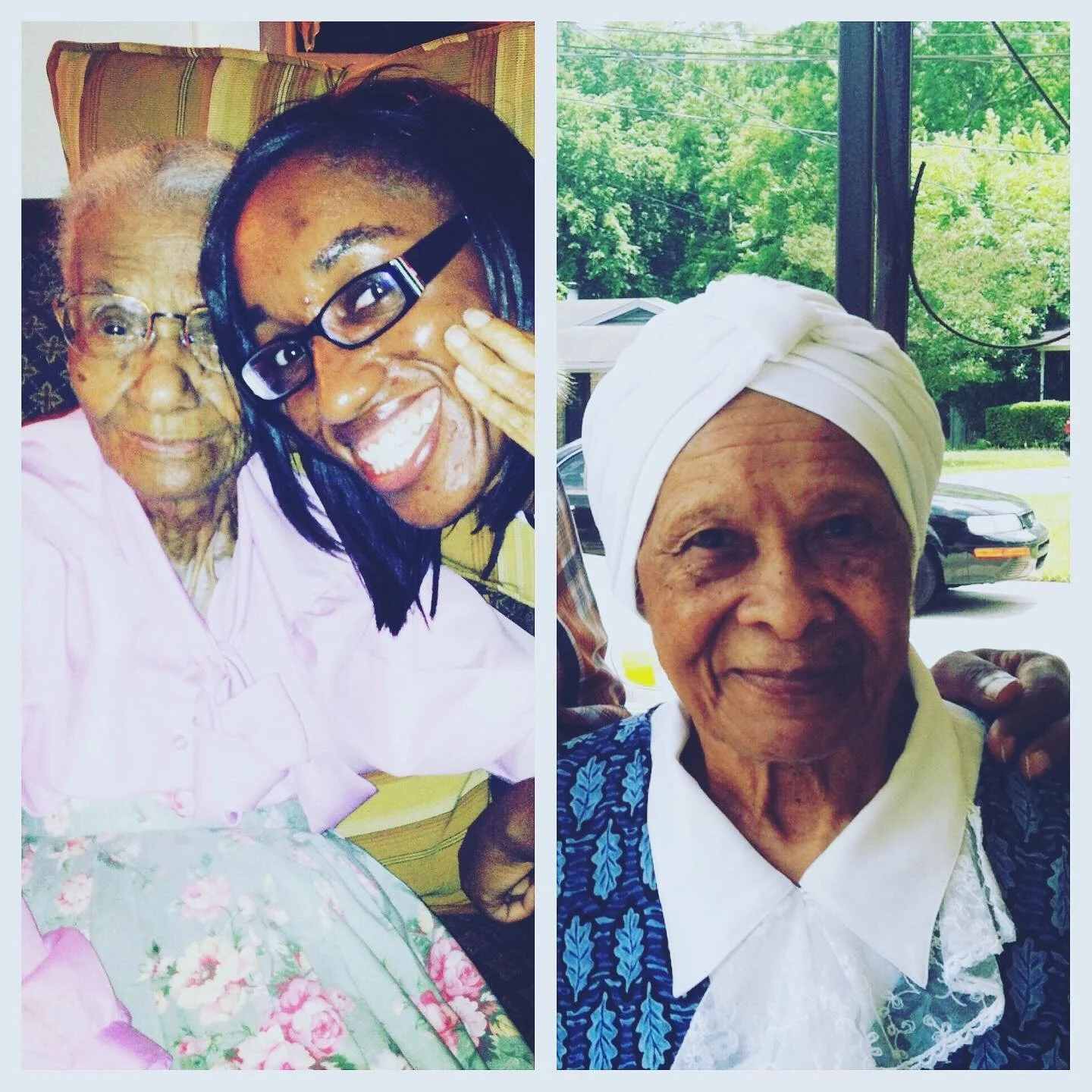Redefining Resilience: From Survival to Sacred Strength
I had a completely different blog post planned for today. But after I found myself continuing to meditate on last week’s post discussing “The Power of Rest and Rhythm” I realized there was still more to share. Now you might be reading the title and wondering how the two connect. If you have the bandwidth, I invite you to go with me on a little journey.
As I reflected on rest and rhythm, I realized how deeply it challenged my old definition of resilience. For most of my life, I thought resilience meant pushing through. Showing up no matter what. Smiling through the pain. Masking the struggle. Producing even when I was barely holding it together. I believed resilience was about being unbreakable, about never letting the cracks show, never admitting weakness, never slowing down, never pausing to rest, and most definitely not ever needing an extended break.
But what I have learned in this last season of life is that resilience isn’t about being unbreakable; it’s about being restorable. True resilience is not the absence of breaking but it is the presence of grace when you do. It’s the sacred strength to fall apart and still choose to rise. Not because the world demands it, not because expectations require it, but because your soul desires it and your spirit knows it must. Rising becomes an act of worship, a declaration that brokenness is not the end.
Being restorable sounds simple, but the truth is, it’s anything but easy. Restoration requires more than time; it requires surrender. Complete and total surrender to God. It means laying down the illusion of control, releasing the weight of perfection, and trusting that the One who formed you can also reform you. It means admitting that you cannot fix yourself, and that’s okay, because the Potter never abandons His clay. To be restorable is to believe that even in pieces, you are still in His hands.
The Old Definition: Performative Strength
In our communities, especially among Black women, resilience is often synonymous with survival. We’re celebrated for our ability to endure, to carry burdens silently, to keep going no matter what. We’re told we’re strong but rarely asked if we’re okay. Strength becomes a badge of honor, even when it costs us our peace or our health. The narrative says, “You can handle it,” so we do, until we can’t.
I wore that version of resilience like armor. It wasn’t just something I practiced; it became the core of my identity. I thought my worth was tied to how much I could carry without breaking, how well I could perform under pressure, how convincingly I could smile through pain. That armor felt protective, but in reality, it was suffocating.
During grad school, I was working full-time, trying to excel academically, and grieving the loss of both my grandmothers. These were women who helped raise me and had shaped my faith, my identity, and my sense of purpose. Their absence left a void I didn’t know how to fill. I didn’t know how to process the grief, so I buried it under deadlines and deliverables.
I kept going until my body and mind couldn’t anymore. I failed three classes. I was placed on academic probation. I felt ashamed, broken, and alone. The very image of strength I had clung to was crumbling, and I didn’t know who I was without it.
That season was a turning point. I had to confront the truth: my version of resilience was killing me. I realized what I thought was strength was suppression. What I thought was power was performance for the wrong audience. And performance for the wrong audience will always demand more than it gives. I realized that resilience without rest and restoration is a slow death. It robs you of joy, peace, and wholeness. That moment forced me to ask a hard question: What does it look like to be strong and still be human? To be resilient without losing yourself?
The Shift: Resilience as Restoration
True resilience is restoration. It’s not about gritting your teeth and pushing through every storm; it’s about finding the courage to pause, to rest, to breathe, to heal. It’s the audacity to ask for help when the world tells you to handle it alone. It’s the intentional choice to rebuild. I am not talking about rebuilding where the only goal is to recover what was lost, but rebuilding to create something stronger, softer, and more aligned with who you truly are.
Resilience is the sacred process of returning to yourself after life has tried to pull you apart, or in some cases, after life has succeeded in pulling you apart. It’s the quiet work of gathering the scattered pieces of your soul and trusting that God can make them whole again. It’s learning that brokenness is not the end of your story; it’s the soil where new life begins.
That season of breakdown led me to therapy, to prayer, to community, and eventually to purpose. It’s what birthed Black Health Black Wealth. It’s what taught me that healing is not weakness, but it is wisdom. I learned that rest is not laziness, but it is liberation. I discovered that restoration is not passive; it’s a radical act of faith. It’s saying, “I refuse to live fractured. I choose wholeness.”
In my work, I see this every day. Black women who’ve survived systems never designed for their thriving. Women who’ve been told to be strong but never taught how to be soft. Women who are now rewriting the narrative, learning that resilience doesn’t have to mean suffering in silence. They are defining resilience on their own terms: with boundaries, with rest, with joy, and with the unapologetic belief that they deserve to be whole.
Resilience Looks Like…
Saying no without guilt. Because every “no” to what drains you is a “yes” to what sustains you.
Resting without apology. Rest is not a reward; it’s a requirement for your well-being.
Asking for support and receiving it with open hands. Strength does not manifest in isolation but in community.
Creating boundaries that protect your peace. Boundaries are not walls; they are gates that guard your soul.
Choosing joy even when the world says you shouldn’t. Joy is resistance. Joy is reclamation.
Letting go of what no longer serves you. Release is not simply loss, but it’s making room for what’s meant for you.
Reclaiming your time, your voice, your story. Because your life is not a performance but it’s a purpose.
Resilience is not just about bouncing back; it’s about becoming. Becoming more whole. More honest. More aligned with who you were created to be. It’s about shifting from survival to thriving, from performing to living, from enduring to embracing. This season of resilience is softer, wiser, and deeply rooted in grace. It’s not about proving your strength but it’s about protecting your soul.
A New Invitation
If you’re reading this, I want you to know: your resilience is not just in your survival. It’s in your softness. Your creativity. Your ability to dream again.
You don’t have to earn rest. You don’t have to prove your worth through pain. You don’t have to carry it all alone.
Let’s redefine resilience together, not as a demand to endure, but as a divine invitation to evolve.
“For me, becoming isn’t about arriving somewhere or achieving a certain aim. I see it instead as forward motion, a means of evolving, a way to reach continuously toward a better self. The journey doesn’t end.”

